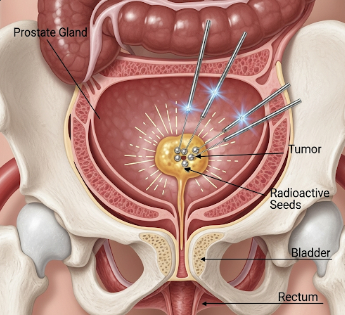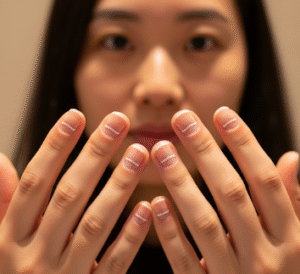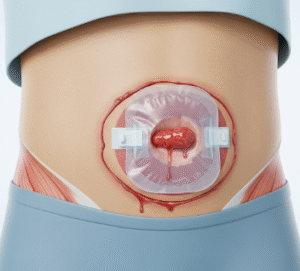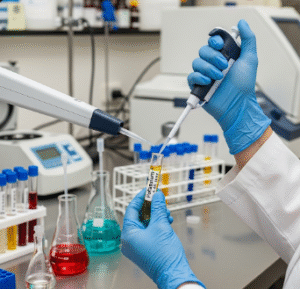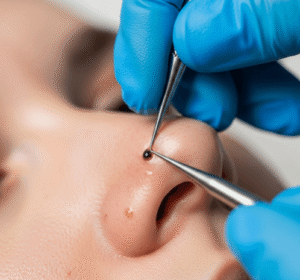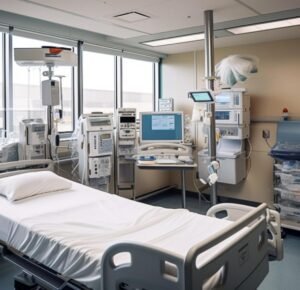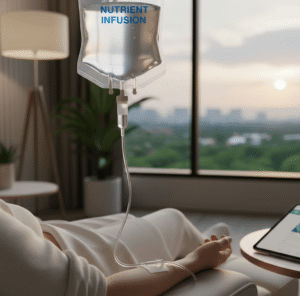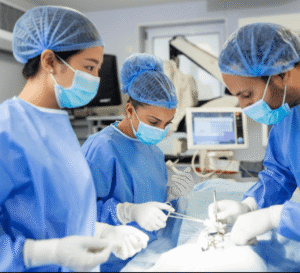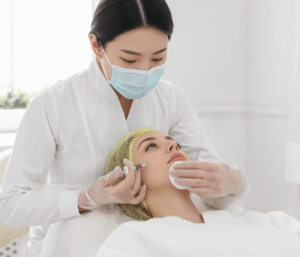Overview
Brachytherapy is a minimally invasive form of internal radiation therapy used to treat prostate cancer. It involves placing radioactive seeds or sources directly into the prostate gland, delivering a high radiation dose to the tumor while sparing surrounding healthy tissue.
In Korea, brachytherapy is performed in advanced oncology centers equipped with state-of-the-art imaging, planning systems, and specialized radiation delivery techniques. It is widely recommended for localized prostate cancer and can be used as a stand-alone treatment or combined with external beam radiation therapy (EBRT) for higher-risk cases.
What is Brachytherapy for Prostate Cancer?
Brachytherapy involves implanting radioactive seeds (low-dose rate, LDR) or temporary high-dose radioactive sources (high-dose rate, HDR) into the prostate.
Key points:
- LDR (permanent seed implantation): Small radioactive seeds remain in the prostate and gradually release radiation over weeks or months.
- HDR (temporary brachytherapy): Highly radioactive sources are temporarily placed using catheters and then removed after the treatment session.
- Delivers targeted radiation, minimizing exposure to the bladder, rectum, and urethra
- Can be used alone or in combination with external radiation therapy
What are the benefits?
- ✅ Targeted treatment with minimal damage to surrounding tissues
- ✅ Minimally invasive, with shorter hospital stays compared to prostatectomy
- ✅ Can preserve urinary and sexual function better than some surgical options
- ✅ High success rates in localized prostate cancer
- ✅ Short recovery period allows return to daily activities within days
- ✅ Advanced Korean centers provide precise imaging, planning, and follow-up care
- ✅ Can be combined with hormonal therapy or EBRT for better outcomes in higher-risk cases
Procedure Details
1) How should I prepare for Brachytherapy?
- ➤ Medical evaluation: Blood tests, prostate imaging (MRI or ultrasound), and bone scans if needed
- ➤ Discuss current medications, allergies, and prior prostate procedures
- ➤ Bowel preparation may be required to clear the rectum
- ➤ Fasting instructions before the procedure if sedation or anesthesia is used
- ➤ Pre-procedure counseling to understand risks, benefits, and recovery expectations
2) What happens during Brachytherapy for Prostate Cancer?
- ✅ Anesthesia: Typically spinal or general anesthesia
- ✅ Imaging guidance: Transrectal ultrasound (TRUS) or CT used for precise placement
- ✅ Seed implantation:
- LDR: Tiny radioactive seeds are implanted permanently using needles guided through the perineum
- HDR: Temporary catheters placed, radioactive source delivered, and then removed
- ✅ Duration: LDR may take 1–2 hours; HDR sessions typically 30–60 minutes per session
- ✅ Immediate monitoring for vital signs and any procedural complications
3) What happens after Brachytherapy for Prostate Cancer?
- ➤ Patient monitored for a few hours to overnight depending on anesthesia
- ➤ Mild urinary discomfort, frequency, or urgency may occur
- ➤ Possible rectal irritation or mild pain
- ➤ Resume normal diet and daily activities gradually
- ➤ Follow-up includes PSA tests, imaging, and urology visits to monitor treatment effectiveness
Risks / Benefits
Potential Risks:
- ➤ Temporary urinary frequency, urgency, or retention
- ➤ Mild rectal irritation or bleeding
- ➤ Rare: erectile dysfunction or urethral stricture
- ➤ Rare seed migration in LDR brachytherapy
- ➤ Minimal risk of radiation exposure to others; safety precautions advised
Benefits:
- ✅ Highly effective for localized prostate cancer
- ✅ Minimally invasive, reduces need for major surgery
- ✅ Short recovery time with lower complication rates
- ✅ Can be combined with other treatments for high-risk patients
- ✅ Advanced Korean centers provide precise planning and follow-up care
Recovery and Outlook
- Hospital stay: Usually outpatient or 1 day
- Activity: Light activity immediately; avoid strenuous activity for 1–2 weeks
- Follow-up: PSA levels monitored every 3–6 months initially; imaging as needed
- Outcome: High local control rates for localized prostate cancer; long-term cancer-free survival comparable to surgery in selected patients
- Side effects management: Urinary symptoms managed with medications; erectile function may be supported with therapy if needed
When To Call the Doctor
- ➤ Severe urinary retention or inability to urinate
- ➤ Heavy rectal bleeding or persistent pain
- ➤ Signs of infection such as fever or chills
- ➤ Unusual swelling or complications around implantation site
- ➤ Any sudden worsening of urinary or bowel function
Best Korea Option / Process
- ✅ Korea provides state-of-the-art urology and radiation oncology centers for prostate brachytherapy
- ✅ Use of advanced imaging, 3D planning systems, and robotic assistance ensures precise seed placement
- ✅ Experienced multidisciplinary teams provide personalized treatment plans
- ✅ Post-procedure care includes PSA monitoring, symptom management, and follow-up imaging
- ✅ International patients benefit from VIP services, English-speaking staff, and coordinated care
- ✅ High success and low complication rates due to cutting-edge technology and expert clinicians

